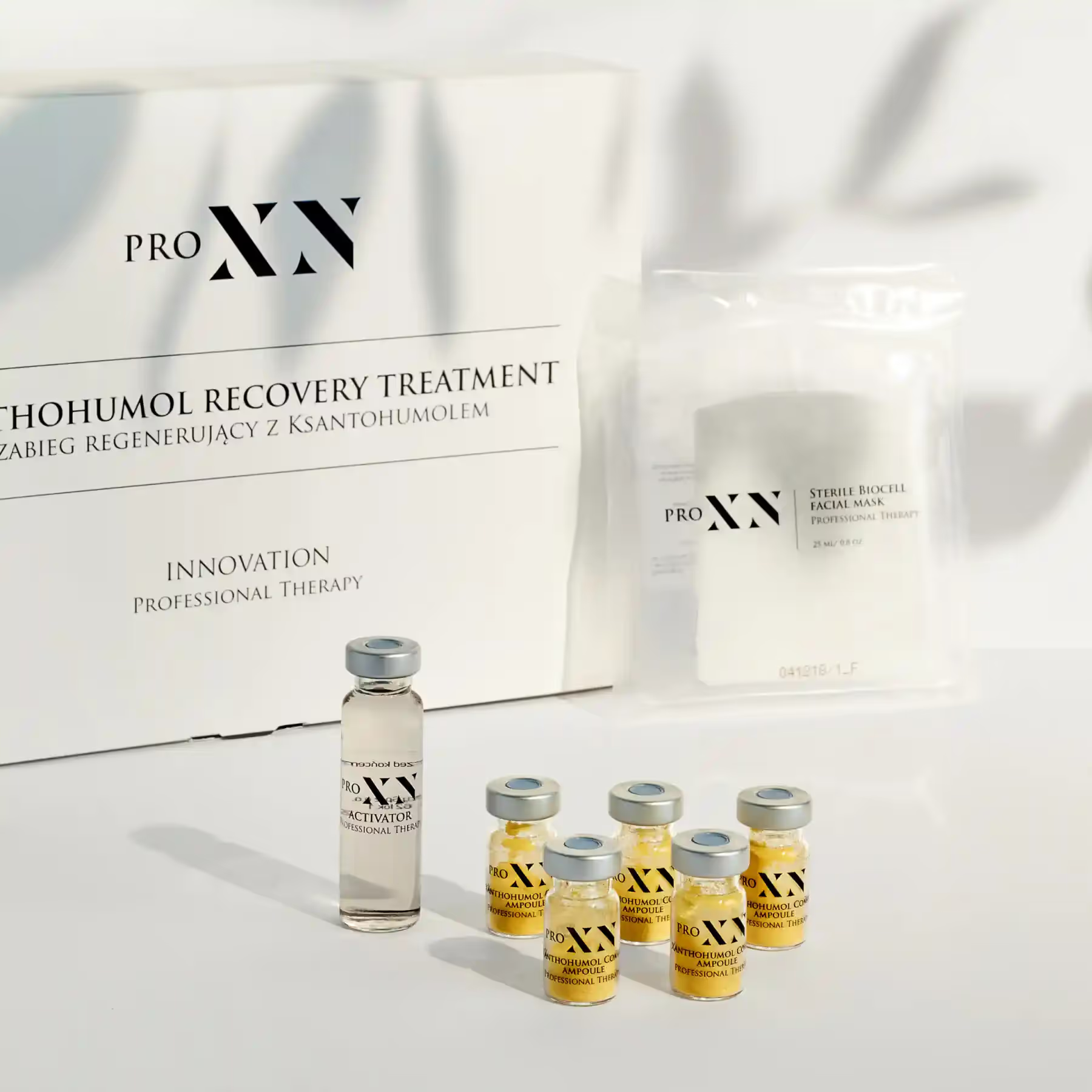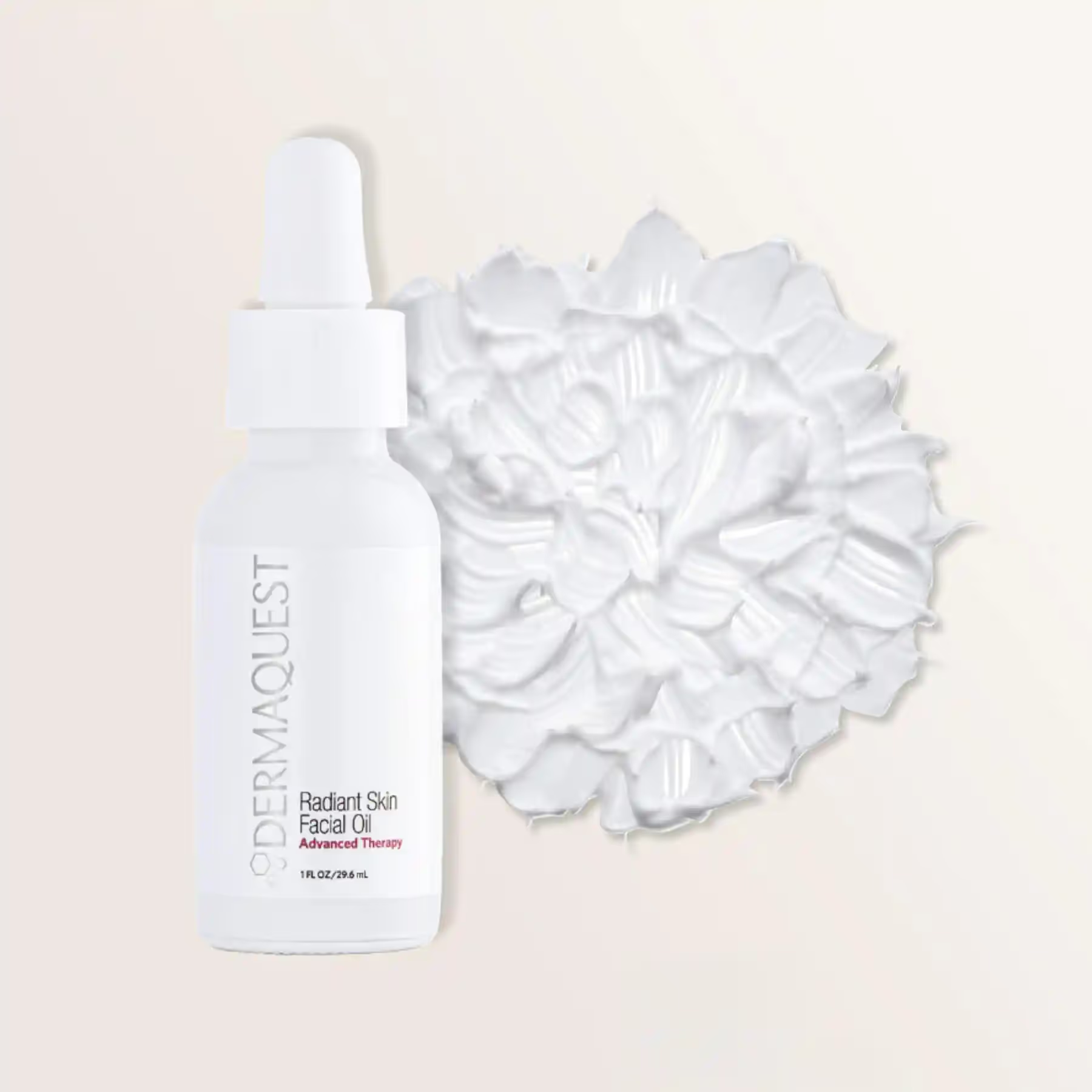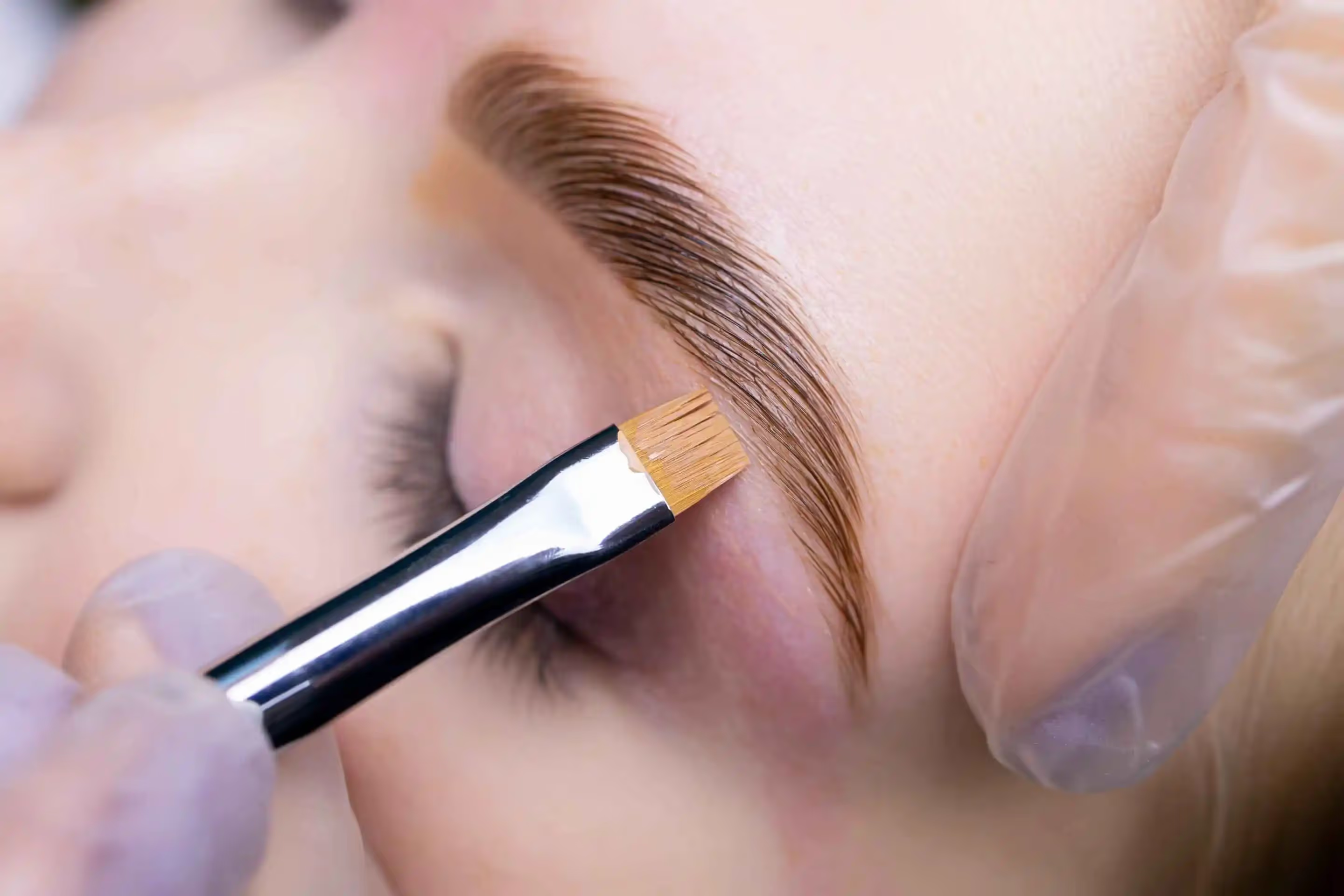What is plastic surgery?
Plastic surgery is a field of medicine that deals with restoring the normal structure and function of tissues and modeling the appearance of the body. Its roots go back to ancient civilizations, but only the events of the 20th century contributed to the rapid development of this specialization. Forced to act quickly, doctors learned to reconstruct the destroyed faces and limbs of soldiers, which resulted in the development of modern operational techniques.
Modern plastic surgery combines an advanced medical approach with technological precision. Thanks to this, patients can be offered not only reconstruction after injuries or tumors, but also correction of aesthetic imperfections, such as protruding ears or changes in the nasal area. Such plastic operations are carried out with the highest safety standards and using proven preparations and tools.
What are the types of plastic surgery?
Plastic surgery is divided into two main categories, which differ in both purpose and methods of conduct. One focuses on restoring fitness, the other on improving the external appearance. Both currents are united by precision and an interdisciplinary approach to treatment.
Reconstructive surgery — recovery after injuries and diseases
This scope of plastic surgery focuses on restoring the normal form and function of organs that have been damaged or deformed. Typical cases are reconstruction after oncological treatment, traffic accidents or congenital malformations.
Procedures performed as part of reconstructive surgery include, among others, operations to restore tissue continuity after amputations, microsurgical procedures and breast reconstruction. It is often necessary to collaborate with specialists in various fields - e.g. oncology, orthopedics, neurology - for comprehensive patient care. In practice, treatment can include several stages and requires an individual approach.
Aesthetic surgery — improvement of features and proportions
Unlike the previous type, aesthetic surgery is aimed at correcting the features of appearance that affect self-perception. This is not a form of treatment for the disease, but a response to the need for visual changes. It often includes procedures such as breast augmentation, breast lift or facial feature correction.
The most popular surgeries are nose correction, face and neck lifting, and fat reduction in sensitive areas of the body. Such operations are often used by people who want to correct traits due to genetics or the passage of time and thus gain greater self-confidence. Unlike non-surgical procedures, the effects are permanent, but require recovery.
What is aesthetic medicine?
Aesthetic medicine bases its action on techniques that do not require deep interference with the structures of the body. It was created in response to the growing demand for fast, effective and possibly safe methods of improving appearance that do not involve hospitalization or a long recovery period.
The first techniques used in this field focused mainly on smoothing facial wrinkles with botulinum toxin. Later, there were treatments using hyaluronic acid, tissue stimulators and devices using light, ultrasound or radio waves. As a result, aesthetic medicine has become an extensive and dynamically developing specialization, the purpose of which is not only to improve the appearance, but also to support the natural regenerative processes of the skin.
Currently, treatments of this type allow to firm flabby tissues, improve the oval of the face, correct minor asymmetries or reduce the signs of aging. Importantly, these are methods that do not require a scalpel — patients can return to daily activities almost immediately after the procedure. Aesthetic medicine is also used in preventive measures, helping to maintain a healthy appearance of the skin, prevent the deepening of wrinkles and support the preservation of the natural proportions of the face.
What is the scope of aesthetic medicine?
The scope of aesthetic medicine cannot be limited to one group of procedures — is an extensive field of activity, in which both injectable preparations and advanced technological devices are used. The most frequently performed treatments include injections of botulinum toxin, which smoothes expression wrinkles, and treatments using hyaluronic acid, allowing to improve the oval of the face, enlarge the lips or correct sunken cheeks.
Needle mesotherapy and platelet-rich plasma are also popular, which support skin regeneration and improve its structure. The scope of such procedures also includes lifting threads - used to lift sagging tissues and restore the proportions of the face without surgical intervention.
In addition to injection treatments, modern aesthetic medicine uses modern technologies such as laser treatments, light therapies, micro-needling, and radio waves and ultrasound. With their help, it is possible to tone the skin, reduce pigmentation, improve the tone and structure of the epidermis, as well as stimulate the production of collagen and elastin.
All these methods allow you to get natural results without the need for surgery, and with a properly selected action plan, they can effectively support the elimination of imperfections and improve the quality of the skin in the long term.
Aesthetic medicine and plastic surgery — what are the differences?
The differences between the two areas are mainly due to the level of invasiveness and durability of the results. Aesthetic medicine uses non-surgical methods to improve appearance — fast, painless and repeatable. This is a good solution for people who want to gently correct facial features, smooth wrinkles or improve skin condition.
Plastic surgery, in turn, requires surgery, and therefore full intervention in the structure of the body. This solution is recommended in situations requiring a permanent change in the shape of the nose, face or body or in case of need of reconstruction. Although it is associated with a longer healing time, its results are long-term.
Both areas often intersect and complement each other, giving patients full opportunities to improve their appearance and solve problems of aesthetic origin.
Surgery and surgery — how are they different?
The relationship between these concepts is simple — every operation is a procedure, but not every procedure is an operation. Treatments can be non-invasive and include a variety of procedures, from injections to laser therapy.
Surgery, on the other hand, is always a surgical intervention, involving a violation of the continuity of the skin and tissues. It requires proper preparation and often also anesthesia. In practice, this means a much more advanced intervention, often preceded by the consultation of several specialists.
The choice between treatment and surgery depends on the severity of the problem and expectations regarding the durability of the effects. For some, correction of minor changes is enough, others require reconstruction of deep anatomical structures.
Aesthetic medicine or plastic surgery — what to choose?
The decision to choose a method of improving the appearance should be made after analyzing the needs, health status and expectations. Plastic surgery works well for permanent changes and reconstructions — such as surgeries within the face or correction of body deformities.
Whereas aesthetic medicine will be more effective if the goal is to improve skin tone, smooth wrinkles or fill sunken cheeks. It is also a suitable route for people who avoid invasive methods and prefer short, repetitive procedures.
Aesthetic medicine, Warsaw — treatments in a renowned salon
IN salon of cosmetology and aesthetic medicine in Warsaw you can use modern treatments that improve the condition of the skin, shape facial features and help reduce the signs of aging.
Treatments such as laser epilation, needle mesotherapy, hyaluronic acid filling, skin lifting without the use of a scalpel or treatments to reduce wrinkles and blemishes are available in one place. In the salon you can also perform beauty treatments using specialized preparations and cosmetology devices that support the restoration, hydration and regeneration of the skin - and all this is done under the supervision of experienced specialists.
FAQ:
1. How is aesthetic medicine different from plastic surgery?
Aesthetic medicine focuses on procedures that do not require surgery, but allow you to improve the condition of the skin, the proportions of the face and the general appearance. Surgery, in turn, includes surgical procedures aimed at permanent structural changes.
2. How to become a doctor of aesthetic medicine?
To carry out procedures in the field of aesthetic medicine, you need to complete medical studies, obtain the right to practice the profession of a doctor, and then undergo specialized training and courses. In Poland there is no formal specialization called “aesthetic medicine”, therefore doctors acquire knowledge through additional certified programs.
3. For whom are aesthetic medicine treatments intended?
The treatments are used by people of different ages who want to improve the appearance of the skin, reduce wrinkles or correct minor imperfections. It is a good option for mild changes due to the passage of time or genetics. These types of procedures are often chosen as support in solving problems of an aesthetic nature.
Sources:
Deptula, M., Zawrzykraj, M., Kondej, K., & Pikula, M. (2023). What can aesthetic medicine do for skin rejuvenation? Cosmos. Problems of Biological Sciences, 72(4).
Giermaziak, W., & Przyłuska, I. (2016). Plastic surgery — a story known and unknown. Forum of Medical Libraries, 9(1), 368—378.









